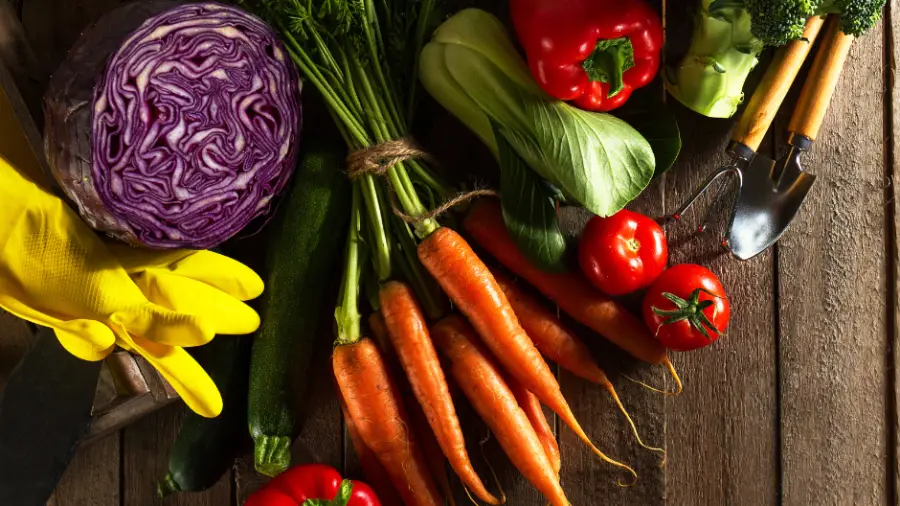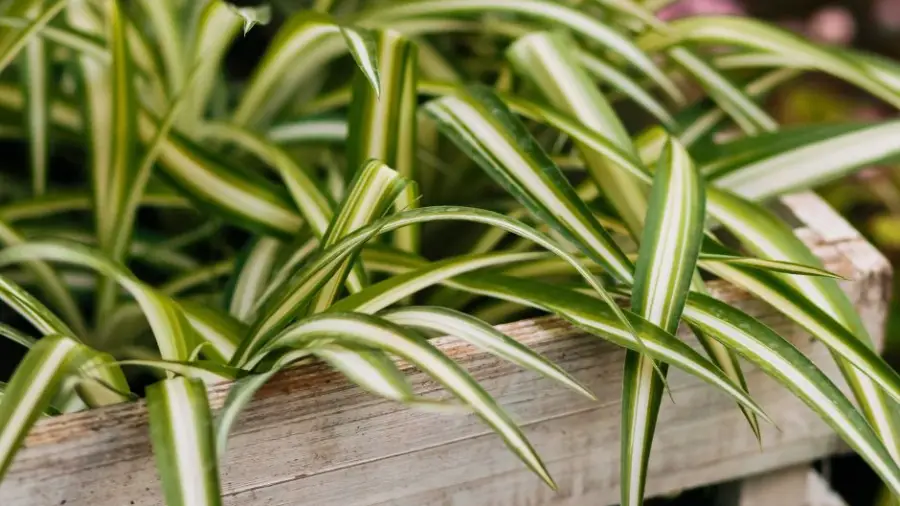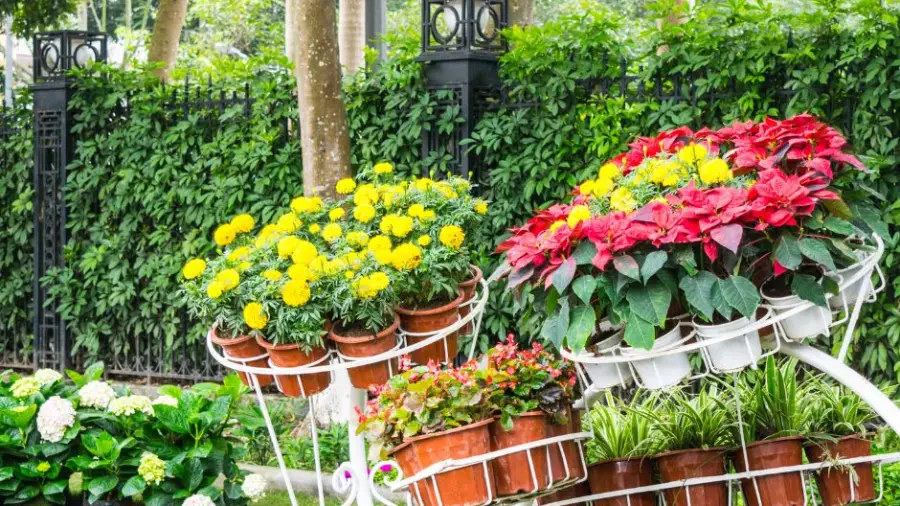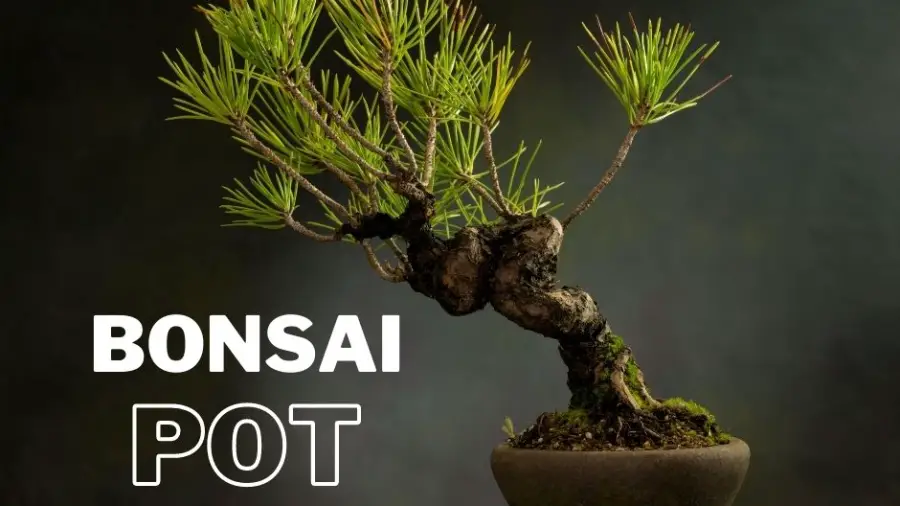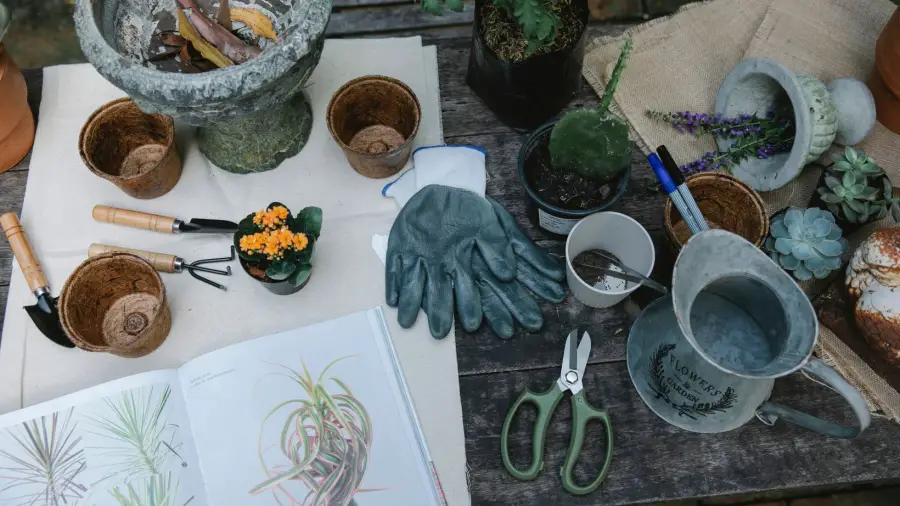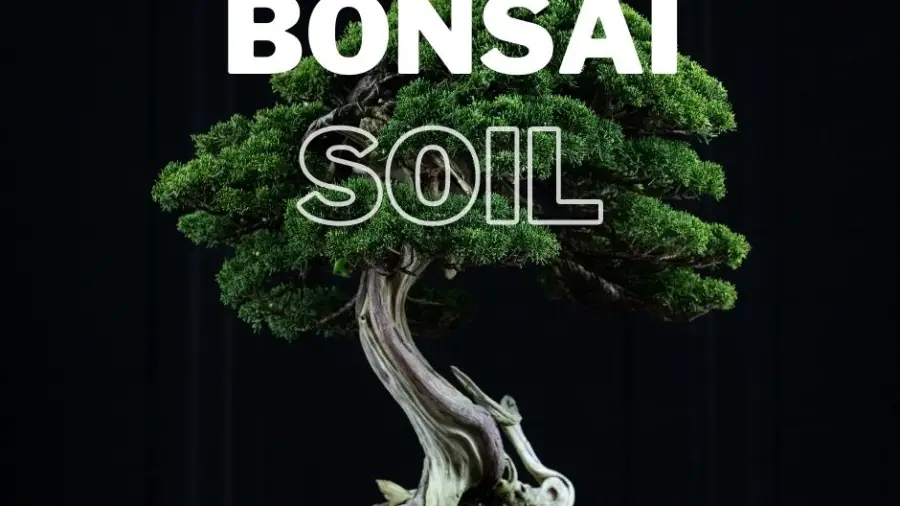Are you passionate about gardening? Do you dream of having a thriving vegetable garden that yields bountiful harvests? If so, you’re in the right place! In this article, we will share with you 10 game-changing vegetable gardening hacks that will help you unlock your green thumb and achieve incredible results in your garden. Whether you’re a seasoned gardener or just starting out, these tips and tricks will enhance your gardening skills and transform your vegetable patch into a flourishing oasis of fresh produce. So, let’s dive in and discover how you can take your vegetable gardening to the next level!

Hacking Your Way to a Thriving Vegetable Garden
1. Start with the Right Soil
The foundation of a successful vegetable garden lies in the soil. It’s essential to create a nutrient-rich environment that promotes healthy plant growth. Begin by testing your soil’s pH level using a home testing kit or by sending a sample to a local agricultural extension office. Most vegetables prefer a slightly acidic to neutral pH range of 6.0 to 7.0. If your soil is too acidic, you can add lime to raise the pH, and if it’s too alkaline, you can amend it with sulfur or organic matter to lower the pH. Additionally, enrich the soil with compost or well-rotted manure to improve its structure and fertility.
When it comes to vegetable gardening, starting with the right soil sets the foundation for success. Choosing a nutrient-rich soil composition tailored to the needs of your plants is crucial. Conduct a soil test to determine its pH level and make any necessary adjustments to create an optimal environment. Incorporate organic matter, such as compost or well-rotted manure, to improve soil structure and fertility. By providing your vegetables with the ideal soil conditions, you’ll be giving them a head start in their growth journey and maximizing your chances of a thriving and productive garden.
2. Embrace Companion Planting
Companion planting is a gardening technique where specific plants are grown together to benefit one another. By strategically placing compatible plants next to each other, you can deter pests, enhance pollination, and maximize space utilization. For instance, planting marigolds alongside your tomatoes can repel nematodes and ward off aphids. Similarly, interplanting basil with your peppers can improve their flavor and growth. Research different companion plants for your vegetables and experiment with combinations to reap the rewards of this symbiotic gardening practice.
Embracing companion planting is a game-changing strategy in vegetable gardening. By strategically pairing compatible plants, you can unlock a range of benefits for your garden. For instance, planting marigolds alongside your vegetables can naturally repel pests, while interplanting herbs like basil can enhance the flavor and growth of neighboring crops. Companion planting also promotes pollination and maximizes space utilization in your garden. By harnessing the power of these plant partnerships, you’ll create a harmonious and productive vegetable garden that thrives with the help of nature’s cooperative relationships.
3. Practice Succession Planting
Succession planting involves sowing seeds or transplanting seedlings at staggered intervals to ensure a continuous supply of fresh produce throughout the growing season. By planting new crops as others are harvested, you can optimize your garden’s productivity and avoid gluts or shortages. This technique works particularly well with fast-growing vegetables like lettuce, radishes, and beans. Plan your planting schedule and make regular plantings every few weeks to extend your harvest and enjoy a steady stream of homegrown goodness.
Practice succession planting to ensure a continuous harvest throughout the vegetable gardening season. By staggering your plantings, you can enjoy a steady supply of fresh produce. As one crop is harvested, you can promptly fill the vacant space with new plantings. This technique is particularly effective with fast-growing vegetables like lettuce, radishes, and beans. By carefully planning your planting schedule and consistently sowing seeds or transplanting seedlings, you’ll extend your harvest and make the most of your garden’s potential. Say goodbye to gluts and shortages, and say hello to a consistent abundance of homegrown goodness from your vegetable garden.
4. Make Use of Raised Beds
Raised beds offer numerous advantages for vegetable gardening. They provide better drainage, allow for easier weed control, and enable you to create a custom soil mix tailored to the needs of your plants. Raised beds also warm up faster in spring, which extends the growing season and enables earlier plantings. Construct your raised beds using untreated lumber or recycled materials, ensuring they are of a manageable width for easy access from all sides. Fill them with a blend of quality topsoil, compost, and organic matter to create a fertile and well-draining environment for your vegetables.
Making use of raised beds is a transformative approach in vegetable gardening. Raised beds offer a range of benefits that contribute to the success of your garden. They provide improved drainage, allowing excess water to flow away more efficiently and preventing waterlogged soil. Additionally, raised beds make weed control easier, as the defined boundaries help keep unwanted plants at bay. You have the freedom to customize the soil mix, tailoring it to the specific needs of your plants. Raised beds also warm up faster in the spring, extending the growing season and enabling earlier plantings. With raised beds, you’ll create an optimal environment for your vegetables, unlocking their full potential and setting the stage for a flourishing and abundant garden.
5. Implement Mulching Techniques
Mulching is an uncomplicated yet incredibly effective technique that provides numerous benefits for your vegetable garden. Applying a layer of organic mulch, such as straw, shredded leaves, or grass clippings, around your plants helps to suppress weeds, retain moisture, regulate soil temperature, and prevent soil erosion. Mulch also breaks down over time, adding valuable nutrients to the soil and improving its structure. Remember to replenish the mulch as needed throughout the season to maintain its effectiveness and keep your plants healthy and happy.
Implementing mulching techniques is a game-changer in vegetable gardening. By applying a layer of organic mulch around your plants, you can unlock a host of benefits. Mulch helps suppress weeds, reducing competition for nutrients and moisture. It acts as a natural insulator, regulating soil temperature and protecting plant roots from extreme heat or cold. Mulch also retains moisture, reducing the frequency of watering and preventing soil erosion. As the mulch breaks down over time, it enriches the soil with valuable nutrients, enhancing its fertility. By incorporating mulching into your gardening routine, you’ll create a healthier, more resilient garden that thrives with minimal effort.
6. Install Drip Irrigation
Watering your vegetable garden efficiently is crucial for its success. Instead of relying on hand watering or overhead sprinklers, consider installing a drip irrigation system. Drip irrigation delivers water directly to the base of each plant, minimizing water waste through evaporation and ensuring that the roots receive a consistent and adequate water supply. This method also helps prevent leaf diseases by keeping foliage dry. With the use of a timer, you can easily automate your watering schedule and save time while promoting optimal plant growth.
Installing drip irrigation is a transformative step in vegetable gardening. This efficient watering system delivers water directly to the base of each plant, ensuring that the roots receive a consistent and adequate water supply. Drip irrigation minimizes water waste through evaporation and runoff, making it a sustainable choice for your garden. With the use of a timer, you can easily automate your watering schedule, saving you time and effort. This method also keeps the foliage dry, reducing the risk of leaf diseases. By installing drip irrigation, you’ll optimize water usage, promote healthier plants, and enjoy the convenience of a well-maintained garden.
7. Protect Your Plants from Pests
Dealing with pests can be a frustrating challenge in vegetable gardening. However, there are several natural and eco-friendly ways to protect your plants without resorting to harmful chemicals. Introduce beneficial insects like ladybugs, lacewings, and praying mantises to your garden, as they feed on common pests like aphids and caterpillars. You can also create physical barriers using mesh netting or row covers to prevent pests from reaching your plants. Additionally, companion planting, as mentioned earlier, can play a significant role in deterring pests naturally.
Protecting your plants from pests is a critical aspect of successful vegetable gardening. By implementing effective pest management strategies, you can safeguard your precious crops without relying on harmful chemicals. Introduce beneficial insects, such as ladybugs and praying mantises, which naturally prey on common garden pests. Utilize physical barriers like mesh netting or row covers to create a barrier against pests. Companion planting can also play a significant role in deterring pests, as certain plants emit natural repellents. By taking proactive measures to protect your plants, you’ll promote a healthy and thriving garden, free from the devastating impact of pests.
8. Utilize Vertical Gardening
If you have limited space in your garden or want to maximize your yield, vertical gardening is the way to go. Growing vegetables vertically not only saves space but also increases air circulation and sunlight exposure, leading to healthier plants. Install trellises, stakes, or cages to support climbing vegetables like tomatoes, cucumbers, and beans. Make use of hanging baskets or vertical planters for herbs and salad greens. With vertical gardening, you can transform even the smallest of spaces into a lush and productive vegetable garden.
Utilizing vertical gardening techniques is a game-changer in vegetable gardening, especially when space is limited. Vertical gardening involves growing plants vertically, utilizing structures like trellises, stakes, or cages. By training your vegetables to grow upwards, you not only maximize space but also improve air circulation and sunlight exposure for healthier plants. This method is particularly beneficial for vining crops like tomatoes, cucumbers, and beans. Hanging baskets or vertical planters can also be used for growing herbs and salad greens. With vertical gardening, even the smallest of spaces can be transformed into a lush and productive vegetable garden, unlocking the full potential of your growing area.
9. Practice Regular Pruning and Maintenance
Pruning and maintaining your vegetable plants are essential for their overall health and productivity. Remove any dead or diseased foliage to prevent the spread of diseases and improve airflow. Pinch off suckers on tomato plants to redirect the energy towards fruit production. Regularly inspect your plants for signs of pests or nutrient deficiencies and take appropriate action. By staying on top of maintenance tasks, you can ensure that your vegetable garden remains in top shape and continues to thrive.
Practicing regular pruning and maintenance is a key aspect of successful vegetable gardening. By keeping your plants well-maintained, you can ensure their overall health and productivity. Regularly remove any dead or diseased foliage to prevent the spread of diseases and improve airflow around the plants. Pinch off suckers on tomato plants to redirect the energy towards fruit production. Stay vigilant and inspect your plants regularly for signs of pests or nutrient deficiencies, taking appropriate action when needed. By staying proactive with pruning and maintenance tasks, you’ll create an environment where your vegetable garden can thrive and flourish, yielding an abundance of healthy and flavorful produce.
10. Keep Learning and Experimenting
Gardening is a continuous learning process, and there is always room to grow and improve your skills. Stay curious, read gardening books and articles, join online forums or local gardening clubs, and learn from experienced gardeners. Experiment with new varieties of vegetables, try different growing techniques, and keep a journal to track your successes and failures. Each season presents an opportunity to expand your knowledge and discover new ways to unlock your green thumb.
To truly unlock your green thumb in vegetable gardening, it’s essential to embrace a mindset of continuous learning and experimentation. Treat each season as an opportunity to expand your knowledge and discover new techniques. Stay curious and seek out gardening books, articles, and online resources to deepen your understanding. Join gardening forums or local clubs to connect with experienced gardeners and learn from their wisdom. Experiment with new vegetable varieties, growing methods, and innovative practices. Keep a journal to track your successes and failures, allowing you to fine-tune your approach. By embracing a learning mindset and being open to experimentation, you’ll continuously evolve as a gardener and unlock new levels of success in your vegetable garden.
FAQs
Q: What is the recommended frequency for watering my vegetable garden?
A: The watering schedule for your vegetable garden is influenced by factors such as weather conditions, soil type, and the specific needs of your plants. As a general guideline, aim to provide about 1 inch of water per week, either through rainfall or supplemental irrigation. However, it’s crucial to monitor the soil moisture levels and adjust your watering schedule accordingly.
Q: Should I use chemical fertilizers in my vegetable garden?
A: While chemical fertilizers can provide quick and concentrated nutrients to your plants, they are not the only option. Organic fertilizers, such as compost, well-rotted manure, and seaweed extract, offer a more sustainable and environmentally friendly approach. They improve soil health, promote beneficial microbial activity, and nourish your plants naturally.
Q: How can I protect my vegetable garden from extreme weather conditions?
A: Extreme weather conditions like heatwaves, frost, or heavy rains can have a significant impact on your vegetable garden. Consider using shade cloths or row covers to protect your plants from excessive heat or sun. During frost, cover your plants with blankets or fabric to prevent damage. Proper drainage and raised beds can help mitigate the effects of heavy rain and prevent waterlogging.
Q: What are some common pests in vegetable gardens and how can I control them naturally?
A: Common pests in vegetable gardens include aphids, caterpillars, slugs, and snails. To control them naturally, you can introduce beneficial insects like ladybugs and praying mantises. You can also use organic pest control methods like handpicking, using insecticidal soap or neem oil, and creating physical barriers with netting or row covers.
Q: Can I grow vegetables indoors?
A: Yes, you can grow vegetables indoors with the help of grow lights and proper ventilation. Choose compact varieties suitable for container gardening, provide them with adequate light, moisture, and nutrients, and ensure good air circulation. Leafy greens, herbs, and cherry tomatoes are some popular choices for indoor vegetable gardening.
Q: What should I do with leftover vegetables from my garden?
A: If you have an abundance of vegetables from your garden, there are several things you can do. Share them with friends, family, or neighbors. Preserve them through canning, freezing, or drying. Donate them to local food banks or community organizations. You can also incorporate them into delicious recipes or experiment with pickling and fermenting techniques.
Conclusion
Unlocking your green thumb and achieving a thriving vegetable garden is within your reach. By implementing these 10 game-changing vegetable gardening hacks, you’ll set yourself up for success and enjoy a bountiful harvest of fresh, homegrown produce. Remember to start with the right soil, embrace companion planting, and practice succession planting. Make use of raised beds, mulching techniques, and drip irrigation for optimal growth. Protect your plants from pests, utilize vertical gardening, and maintain your garden regularly. And most importantly, keep learning and experimenting. Happy gardening!
